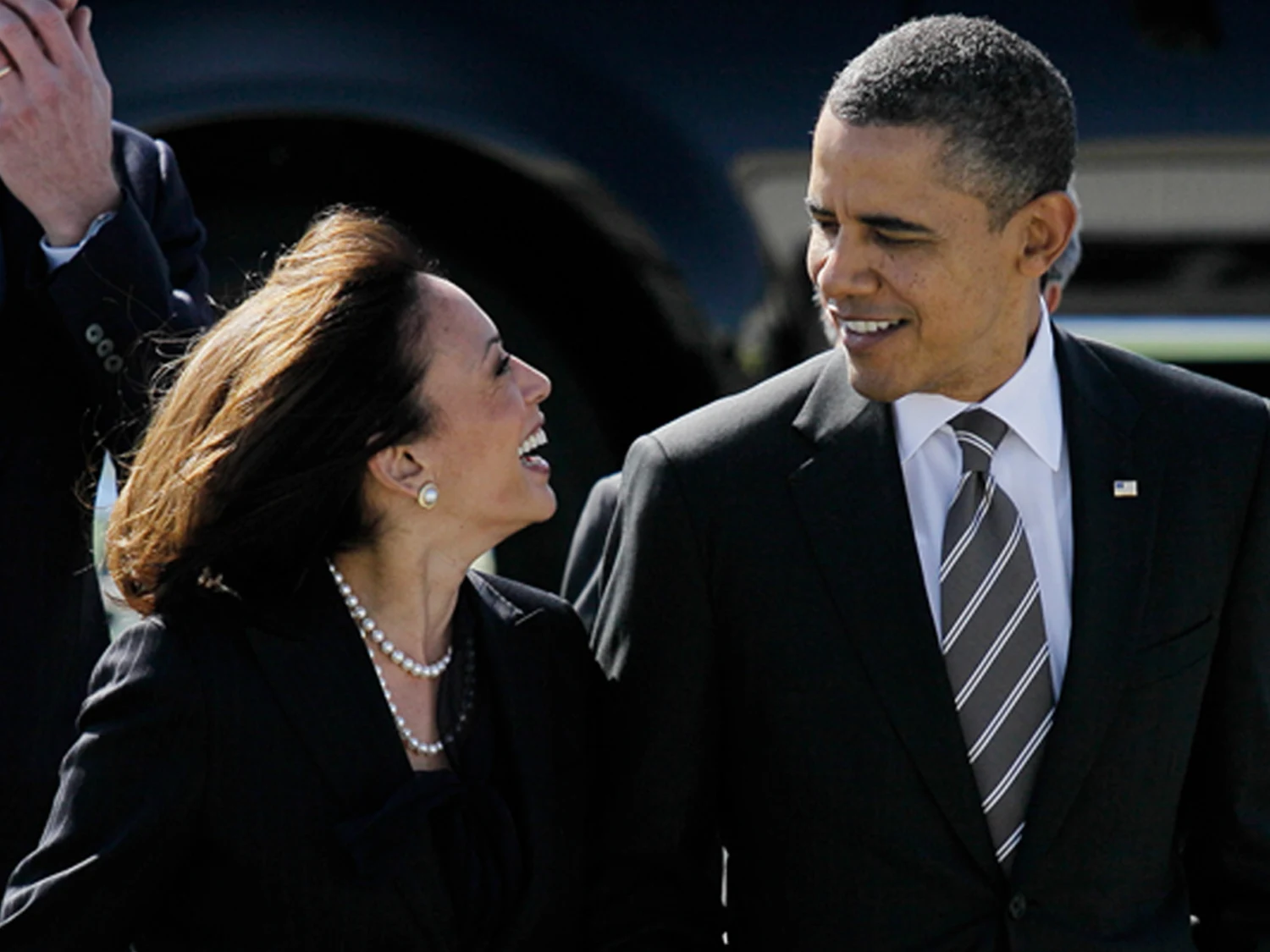Affordability Is Melting Down. The “Fix”? Stretch the Debt, Not the Dollars.
With input from Bloomberg, CNN, and Reuters.
Stubborn inflation has turned everyday life into a math problem most households can’t solve, and the hottest “solutions” all seem to share a theme: make the payments smaller now by dragging them out for years — sometimes decades. Seven-year car loans are already the new normal as the average new vehicle price tops $50,000. Buy now, pay later has crept from sneakers to takeout. And now comes the headline grabber: a 50-year mortgage floated by the Trump administration, touted by Federal Housing Finance Agency director Bill Pulte as a “complete game changer.”
It would be a game changer, just not necessarily in the way families hope. Yes, a 50-year mortgage trims the monthly bill. But the interest paid over half a century can easily dwarf a traditional 30-year loan — often approaching double at today’s rates — while slowing the pace at which homeowners build equity. There’s also the obvious timeline problem: with US life expectancy around 80, you’d need to lock in your home by 30 to have a shot at burning the mortgage in your lifetime. Even supporters sound cautious. President Donald Trump told Fox News it simply spreads payments “over a longer period,” while critics on the right blasted the idea as “lifetime mortgages” that trap borrowers in debt.
Autos offer a warning. As lenders stretched terms to seven years to make pricey cars feel affordable, borrowers took the bait and then discovered the flip side: negative equity.
“With a longer-term loan, you run the risk of owing more on the car than it is worth,” said LendingTree’s Matt Schulz.
The buy-now-pay-later boom has a similar undertow. A Federal Reserve study found the people most likely to use BNPL were already financially stretched, and many said it was the only way they could afford their purchases — a setup that looks like relief in the cart and regret on the statement, especially as late payments tick up.
All this is landing on top of record household debt. Americans owe about $18.6 trillion across mortgages, auto, student loans, and plastic, up 3.6% from a year ago. Credit-card balances alone have swelled to roughly $1.2 trillion, and serious delinquencies — 90 days or more past due — just climbed above 3% to a decade-plus high. Student-loan distress is worse, with more than 14% sliding into serious delinquency last quarter. Credit scores fell by the most since the Great Recession, which means costlier borrowing and tighter access to credit precisely when families are leaning on it.
Homeownership still matters because it’s one of the few reliable ways ordinary people build wealth. As values appreciate, equity becomes a retirement backstop. Tax benefits help along the way. But stretching mortgages to 50 years risks turning that wealth engine into a treadmill. You build equity slower. You pay far more in interest. And by juicing demand without adding supply, ultra-long loans can push prices higher anyway. Even Redfin’s chief economist Daryl Fairweather cautioned that the impact on monthly payments is unclear without knowing the rate, and argued the real fix is on the supply side: more homes, faster.
Pulte has also dangled the idea of “portable” or assumable mortgages, letting borrowers carry a low rate to a new home. In theory, that eases lock-in and helps mobility. In practice, it needs careful design to avoid freezing sellers and buyers out when rates whipsaw. Markets are already skeptical that any of this will move quickly; analysts say even a 50-year option would take time to materialize and only makes sense if builders can actually deliver more houses at lower cost.
The impulse to make payments smaller is understandable when prices have run so far ahead of wages. But turning everything into an installment plan isn’t the same as making life affordable. It’s debt reshaped to look gentler — until the long tail snaps back. If Washington wants a durable affordability win, the hard work hasn’t changed: build more housing, tame input costs, expand infrastructure where people want to live, and police predatory lending that thrives in the gray zone between relief and ruin. Otherwise, the future on offer is simple enough to fit on a bumper sticker: you’ll pay less each month — and you’ll pay it forever.







The latest news in your social feeds
Subscribe to our social media platforms to stay tuned